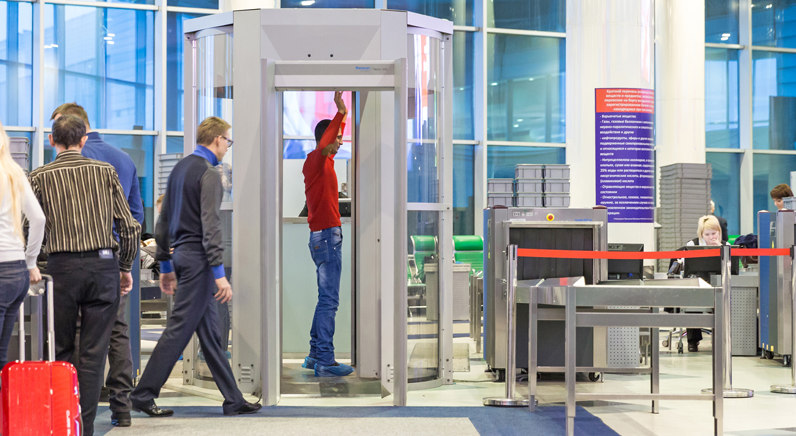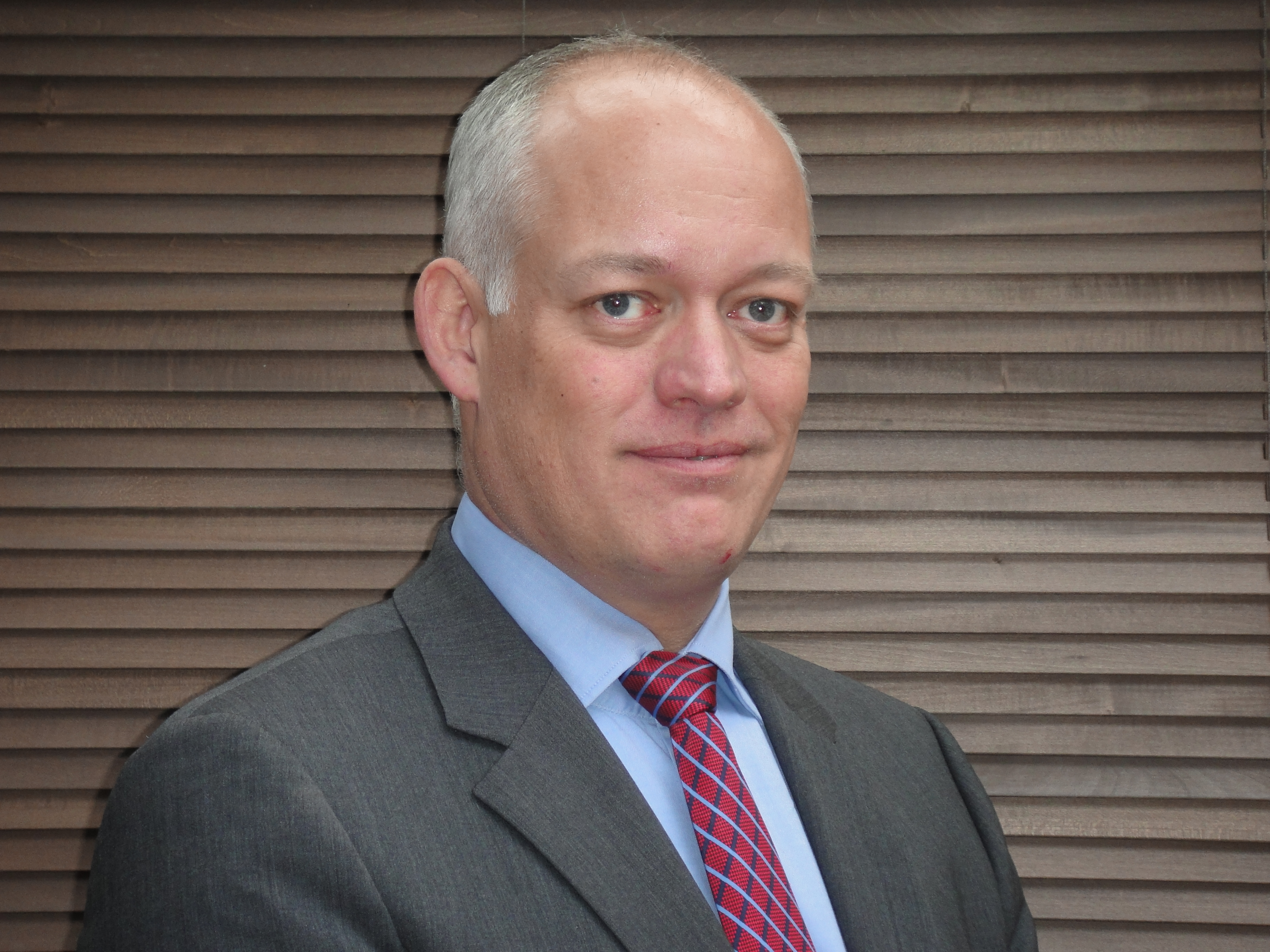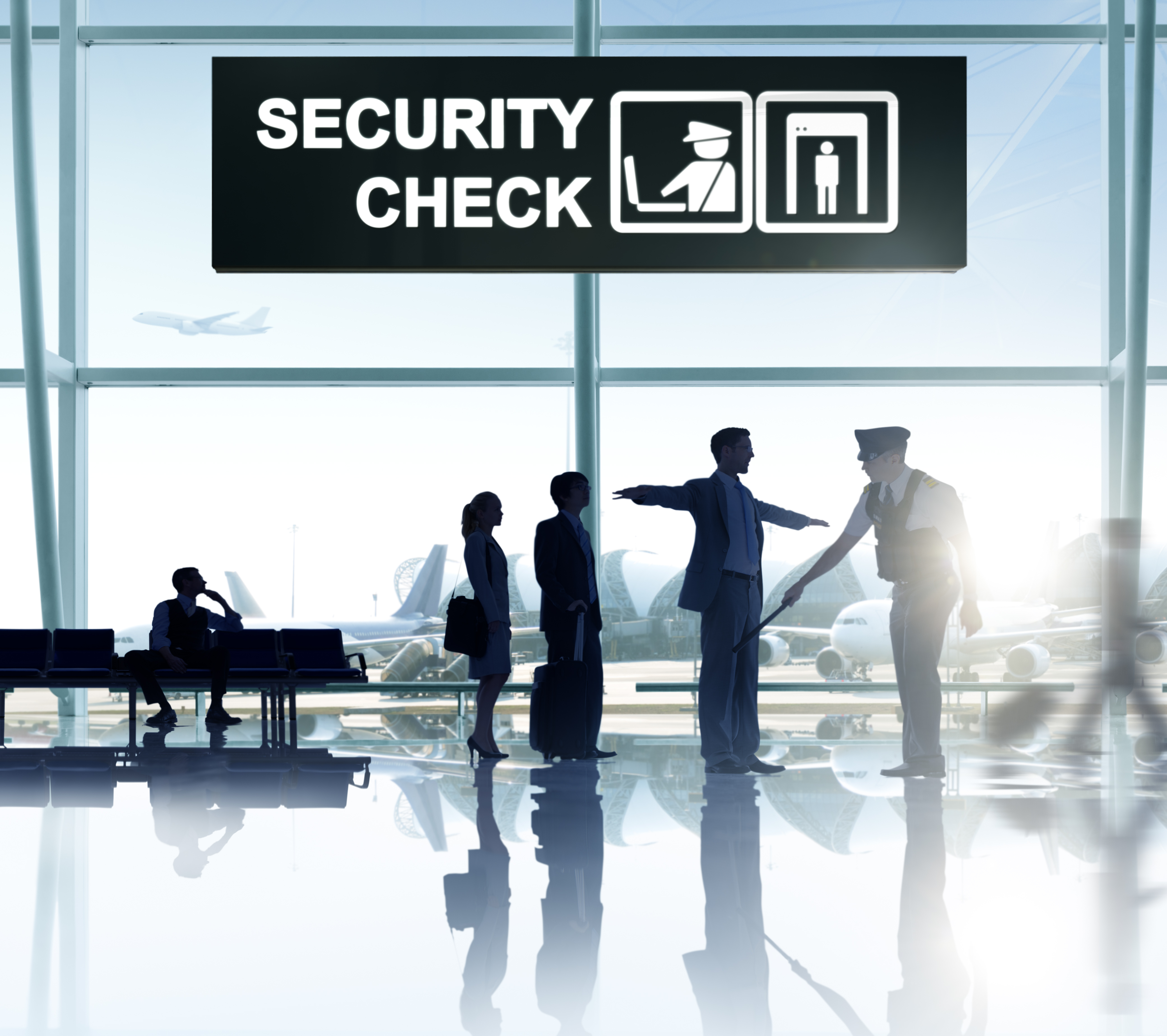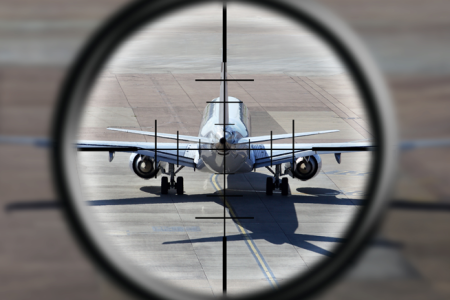Aviation Security: protecting against a shifting threat
Tim Compston, Features Editor at SecurityNewsDesk, assesses the impact of the downing of Metrojet Flight 9268 on aviation security, and how airports and security personnel are working to protect against the shifting aviation threat.
With the trajectory of evidence pointing towards a bomb being smuggled on board the Russian airliner which crashed in Sinai shortly after departing from Sharm el-Sheikh last October we weigh-up the implications for airports and carriers in the region and worldwide.
Bomb blastThere was initially some debate regarding the exact cause of the downing of the A321 Russian airliner over Sinai, which led the deaths of 224 passengers and crew, but by mid-November the chief of Russia’s security services – FSB – Alexander Bortnikov was able to confirm that traces of explosives had been found in the plane’s debris, suggesting that a bomb, of up to one kg of TNT, had been put on board causing the plane to break apart in mid-air.
Even before Russia authorities had come to the conclusion that the Sinai incident was terrorism- related, Britain – which has the second largest number of tourists flying out of the Sharm el-Sheikh resort on the Red Sea – had sent over its own security experts to check out the security arrangements at the airport. As well as cancelling flights to Sharm el-Sheikh for the immediate future – except for those taking out tourists already there – Britain also instituted additional measures which meant that baggage wasn’t flown back in the hold but shipped separately.
Although the exact methodology for the explosive being smuggled onto the Metrojet flight in Egypt is up in the air renewed attention is now being given to the way that passenger’s baggage is screened, the training and effectiveness of security staff, and the screening and vetting of those who may work airside and could, potentially, gain access to a plane. This is no easy task as even in countries where considerable resources are being applied there are high profile lapses. Over in the US back in June, for example, CNN reported that the acting administrator for the TSA (Transportation Security Administration) was being ‘reassigned’ after airport screeners failed to detect explosives and weapons in nearly every test undertaken by undercover teams.
The human elementIn the view of John Davies, managing director and owner at TDSi, a vital lesson to take away based on what has happened over the years – not just in Sinai – is that bombs are put on planes by people: “It is the guys that run the airports who need to do a better job of screening employees and being aware of what employees are up to and having processes in place to make sure that the suspect materials can’t be loaded onto aircraft.

Touching on what happened in Sinai, Martin Aggar, who is business development director for aviation across Europe at G4S – and previously was involved with a major contract at Baghdad International Airport – thinks that the indications coming out of Sinai point to ‘interference’: “This is someone placing an explosive device on the aircraft either in the baggage area or in the passenger’s luggage. Having seen some of the reports about the security at that airport and a number of passengers witnessing security officers not necessarily paying attention to the X-ray screens there is always the risk that something could have got through in baggage.” He also wonders, alongside other commentators, if the screening of staff meets European standards.
Challenging connections
Mike O’Neill, managing director of Optimal Risk Management Ltd, identifies a broader issue for all airports which is giving cause for concern: “There is the interlinking of networks. Somebody could be flying through Heathrow, for example, after originally getting on-board at an airport where security isn’t all that it should be and then coming through a hub airport and changing on to another flight. The baggage gets moved over without any further screening so there is a lot of pressure to try and bring aviation security around the world up-to-scratch.”
Focusing on solutions that could help to shore-up aviation security, Jim Richards, managing director – UK/Europe – at Digital Barriers is enthusiastic about the potential to apply the company’s ThruVision solution. This is a ‘stand-off’ system which receives and interprets the natural Terahertz energy emitted by individuals and the environment. ThruVision is designed to detect materials people are concealing such as metals, plastics, ceramics, liquids, gels and powders. Richards has seen demand for ThruVision ratchet-up in light of the terrorist threat: “In the last ten months we have made more sales of these units than at any previous time in the company’s history.”
Turning to what can be done to protect aircraft. Post 9/11 we have seen more cameras and associated video servers being fitted, like FlightVu from specialist provider AD Aerospace, to monitor the cockpit door, for example. Now similar technology is being rolled out with covert cameras in an aircraft’s hold to pick-up on suspicious activity by baggage handlers pre-flight. According to AD Aerospace, images from CargoVu can be broadcast, if required, to nearby ground security so action can be taken if there is tampering with baggage when it is being placed in the hold area.

For his part Philip Verner – regional sales director, EMEA at CEM Systems – which has decades of experience with access control solutions at major airports worldwide – doesn’t want to get drawn into a discussion specifically on Sharm el Sheikh but is happy to speak on broader themes. Verner says he appreciates the major challenges airports face: “You have a very disparate mix of people on site, there are your airport staff and then airline staff who are quite transient – they come and go. You have contractors, you have vendors’ staff, and then obviously you have passengers.” The key point Verner wants to put across is that airports really have to consider how they actually control all of those elements so people are only allowed where they are supposed to be and are only able to access appropriate airport assets.
He adds that the human aspect is the most difficult: “Technology can be deployed but if you don’t have the relevant training or systems or operating procedures in place to support people to manage that technology then you could have issues. It can be a rogue element or a mistake and you see in the press that, for whatever reason, people get airside without the relevant checks being in put place. In many ways that is where we come in as a technology provider.” Verner emphasizes the need to ensure that that there is a certain level of authoriser who is the only person who can issue access control cards after checks have been done on the system: “The important thing is that the card has been handed out to the right person and that that person has had relevant checks before they get a card to go airside at an airport,” says Verner.

For Kevin Riordan, manager of Airports and Checkpoint Systems at Smiths Detection, one of the realities when discussing aviation security is that as preventative measures are putin place the target shifts: “The terrorists, from their perspective, are interested in a successful outcome so they are always looking for weak points and will tend to shift their focus when they see things being tightened up.” Considering how this has played out over the years, Riordan recalls that it was hijacking with weapons which caused the introduction of metal detection at airports in the first place.” Fast-forward to the Lockerbie air disaster in 1988 and one of the most significant outcomes of the tragedy, says Riordan, was 100 percent hold baggage screening: ” We now have routine hold baggage screening and a continuous upgrade path for that technology to do the job even better because we know that the challenges are getting tougher in terms of what materials are used.” Building on best practice
Ultimately, the incident over Sinai has served as a stark reminder that the aviation sector is firmly in the terrorist’s sights. Given the ruthlessness displayed by extremist groups like Islamic State (IS) it is vital that airports and airlines implement effective, best practice procedures, and deploy the security technologies and human resources that can help to prevent radicalised individuals from carrying out their threats in the first place.
[su_button url=”https://www.securitynewsdesk.com/newspaper/” target=”blank” background=”#df2027″ color=”#ffffff” size=”10″ radius=”0″ icon=”icon: arrow-circle-right”]For more stories like this click here for the SecurityNewsDesk Newspaper[/su_button]













